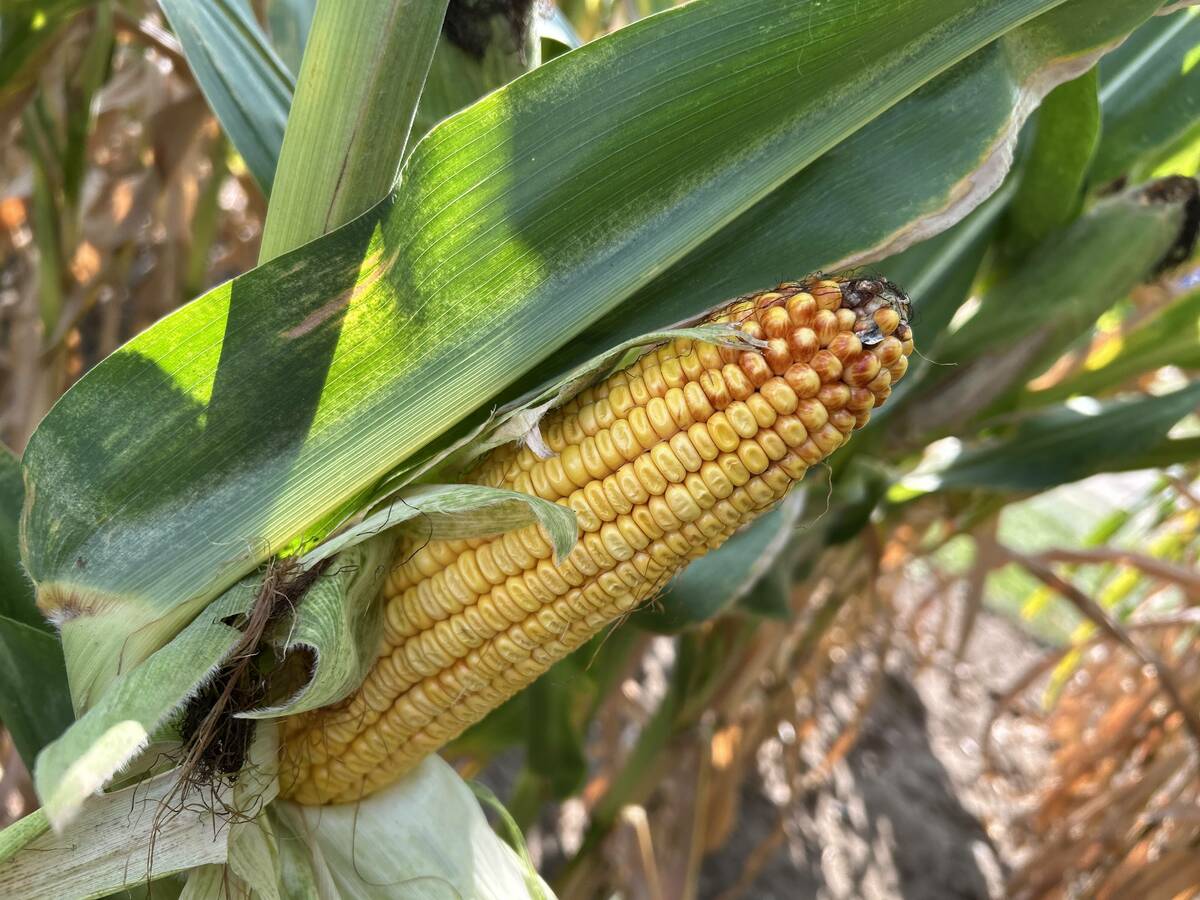In a year when everything needs to go right to rebuild global food stocks, too many things are going wrong.
Russia’s invasion of Ukraine is only one of a long list of factors that threaten the crops of 2022 around the world.
The La Nina that we hoped would be dissipating by now has revived and is maintaining weather challenges in South and North America.
A large part of Brazil’s second corn crop, during pollination and early grain fill, did not see rain for a month. Mato Grosso, the largest corn-producing state, on average has had the driest April in 17 years.
Read Also

Crop estimates show mixed results
Model-based estimates used by Statistics Canada showed the 2025/26 crop year has seen increases in canola, corn for grain, oats and lentils production while seeing dips in spring wheat, durum wheat, soybeans and barley in comparison to 2024/25.
The U.S. hard red winter wheat crop in the southern Plains is in terrible shape from drought and soil-scouring winds.
A cold, wet spring, including the repeat spring blizzards, is delaying crop planting from Manitoba down to Missouri and east into Illinois and Indiana.
Much of the western Canadian Prairies are dry and parts of central and southern Alberta are officially in drought.
India’s pre-harvest crops are stressed by a record-breaking April heat wave that sent temperatures above 45 C. That heat could reduce hopes for a record wheat crop of 110 million tonnes. It was also hotter than normal in March.
India’s government hoped a record crop would allow it to export wheat to fill in gaps created by Russia’s war on Ukraine, but if the heat does a lot of damage, then that might not be possible.
Soaring vegetable oil prices caused the world’s leading palm oil producer, Indonesia, to temporarily stop exporting a large part of its production to drive domestic food oil prices down to benefit local consumers but causing global prices to rise even higher.
The multi-year drought in the western United States has the agricultural sectors in California and Arizona reeling. Farmers’ costs for water and for pumping from aquifers has soared. Farmers are applying less than normal irrigation and reserving water for the most profitable crops. All this is helping to push up the price of vegetables and fruit across North America.
The worst drought in decades in East Africa — Ethiopia, Somalia and Kenya — is creating a humanitarian crisis endangering up to 25 million people. Food aid agencies are struggling to come up with the money needed to buy grain as prices soar.
Meanwhile, food costs are also driven higher by rising energy prices, transportation shortages, logistic snarls and climbing labour costs, all linked in part to the disruptions caused by the COVID-19 pandemic.
These are all real, well-documented factors that have already driven food prices higher.
Let’s now look at the next big issue that could influence prices in the coming weeks: the cool spring in the U.S. Midwest and in Western Canada.
As of May 1, U.S. corn seeding nationwide stood at 14 percent compared to the 2017-2020 average of 33 percent. But in the heart of the Midwest in the high yield states where much of the crop is produced, states including Iowa, Illinois and Indiana, progress was only nine percent or less. Soybean planting ware also behind.
In the key spring wheat state, North Dakota, five percent of wheat was in the ground, down from an average of eighteen percent.
In the key spring wheat state North Dakota, four percent of wheat was in the ground, down from an average of eight percent.***
Long-term forecasts show the first half of May remaining cooler than normal in the Midwest and the Dakotas.
Most seeding on the Canadian Prairies does not happen until May and I’m seeing forecasts for near-average temperatures in the month, but alas there’s little sign of rain for the already dry western half of the region.
In addition to slowing the pace of planting, this cool situation in the U.S. could delay germination and push corn development back so that crops are flowering in the hotter parts of July with a resulting negative effect on yield potential.
The wet, cool weather could also limit the possibility of expanding total seeded area beyond that stated in the U.S. Department of Agriculture’s Prospecting Planting report.
I know I’m sounding exceptionally negative. Given any fair weather, today’s farmers can seed huge acreages in little time.
In 2013, when corn seeding was also very delayed, about 60 percent of the U.S. corn crop was sown in just two weeks between May 7 and May 21. Excellent conditions through the summer resulted in a good corn harvest even with the delayed seeding.
I should also mention that the systems bringing moisture to the Midwest last week brought relief to some hard red winter wheat in western regions of Kansas, Oklahoma and Nebraska. More rain was expected this week, although it might be too late for some crops.
I hope things turn out better than expected, but as I noted at the top of this column, the world needs ideal conditions and bumper crops, and right now, very little is in an ideal situation.















